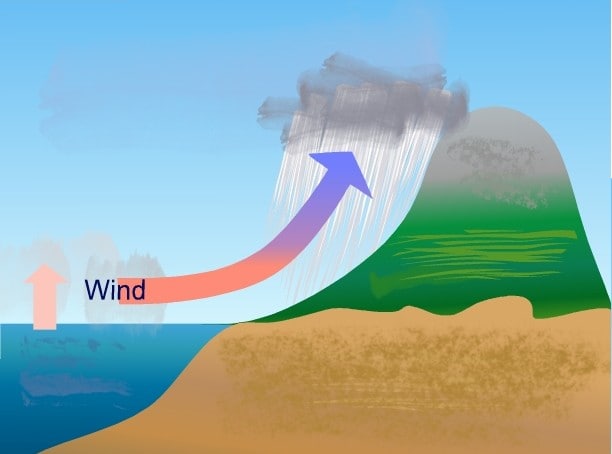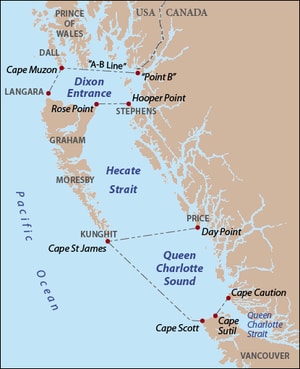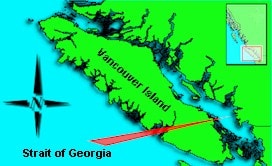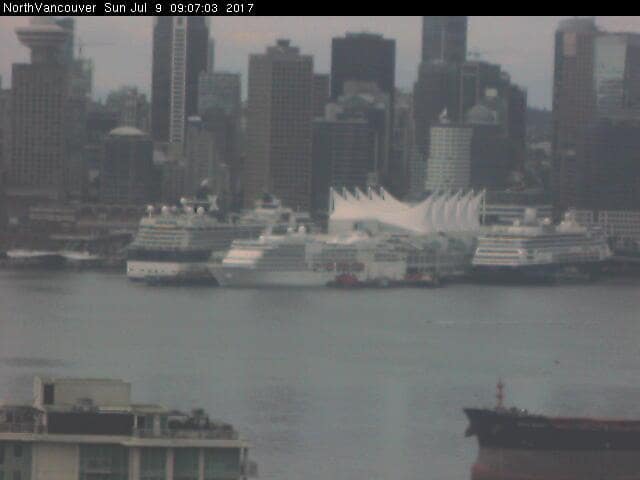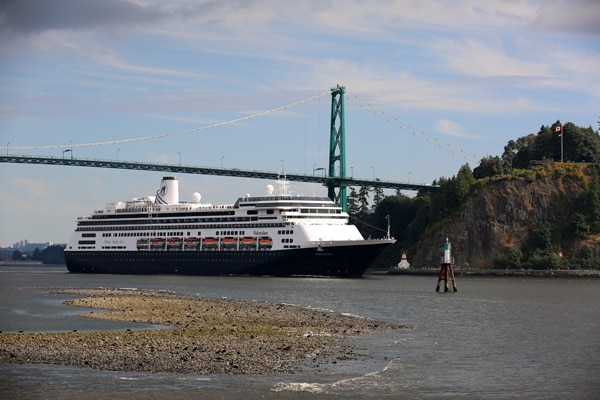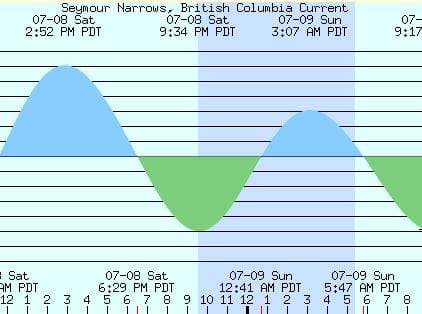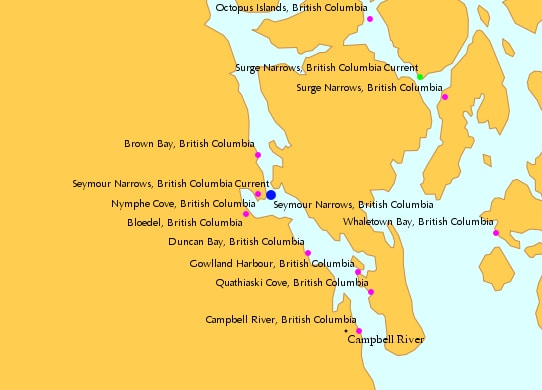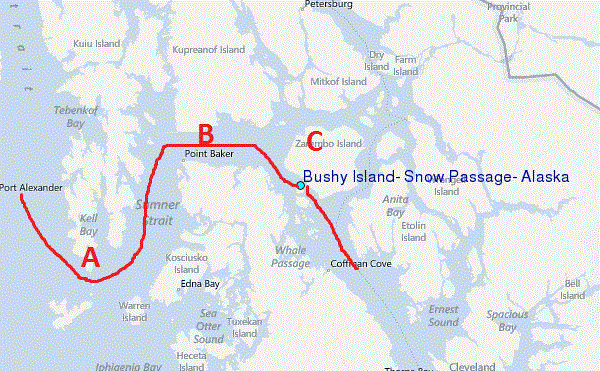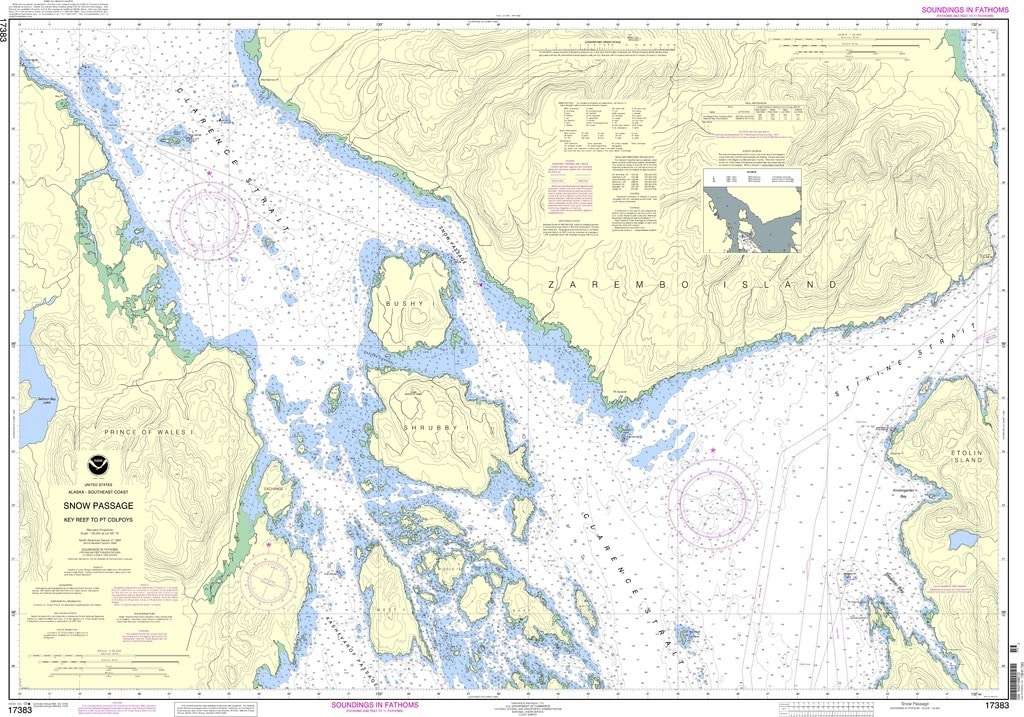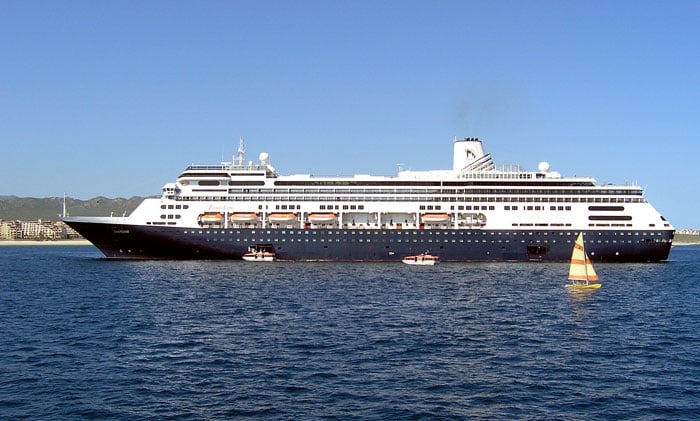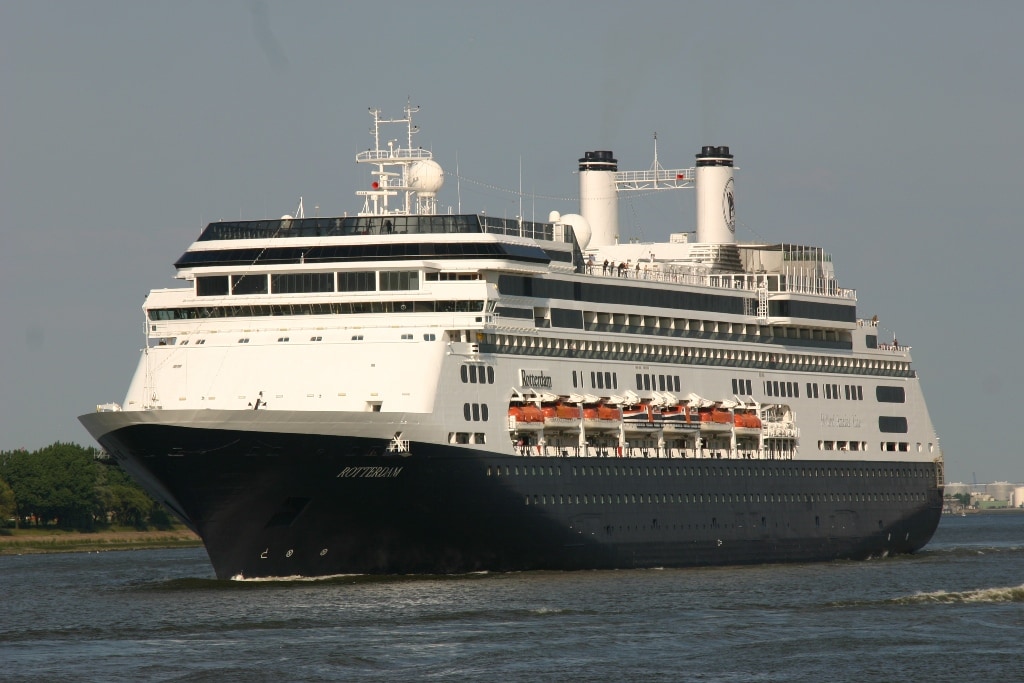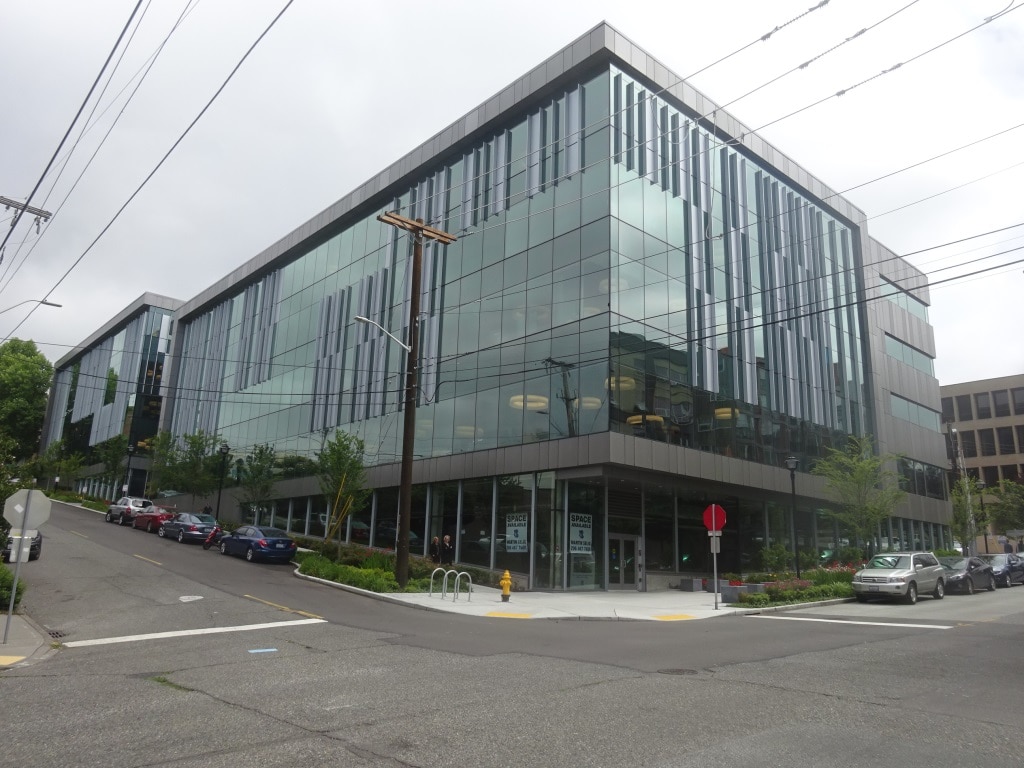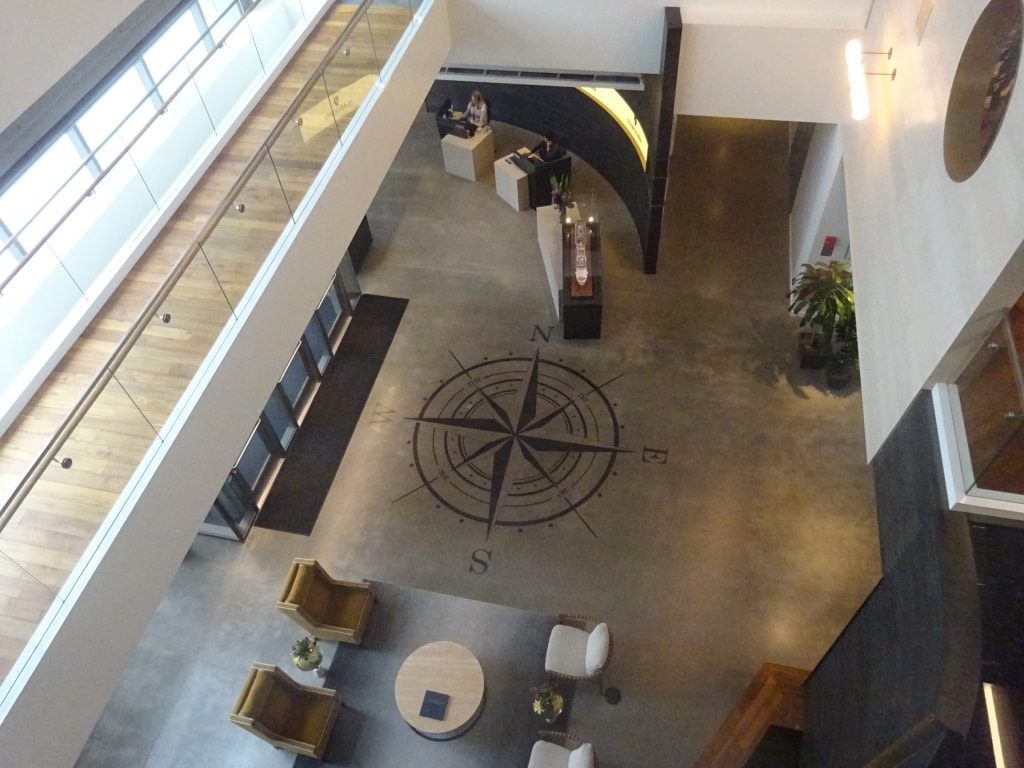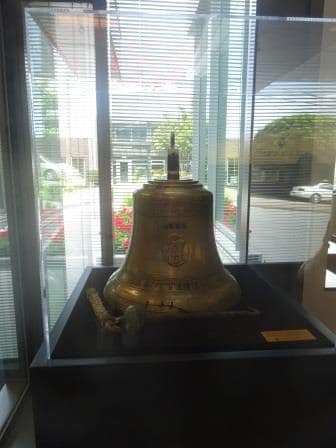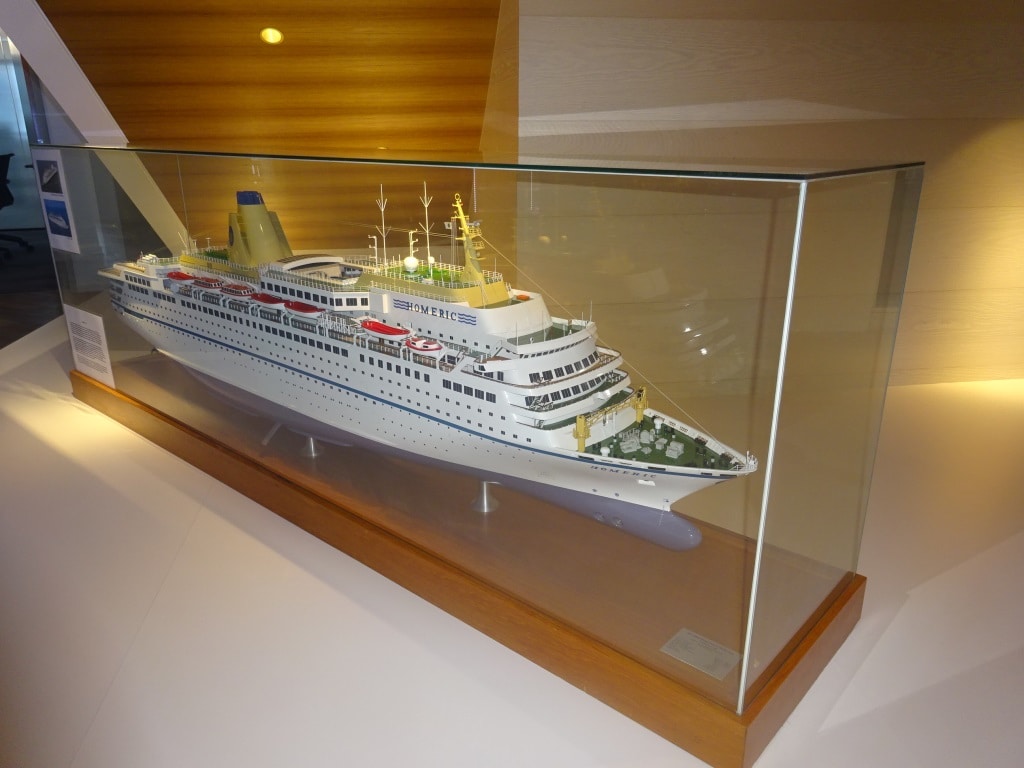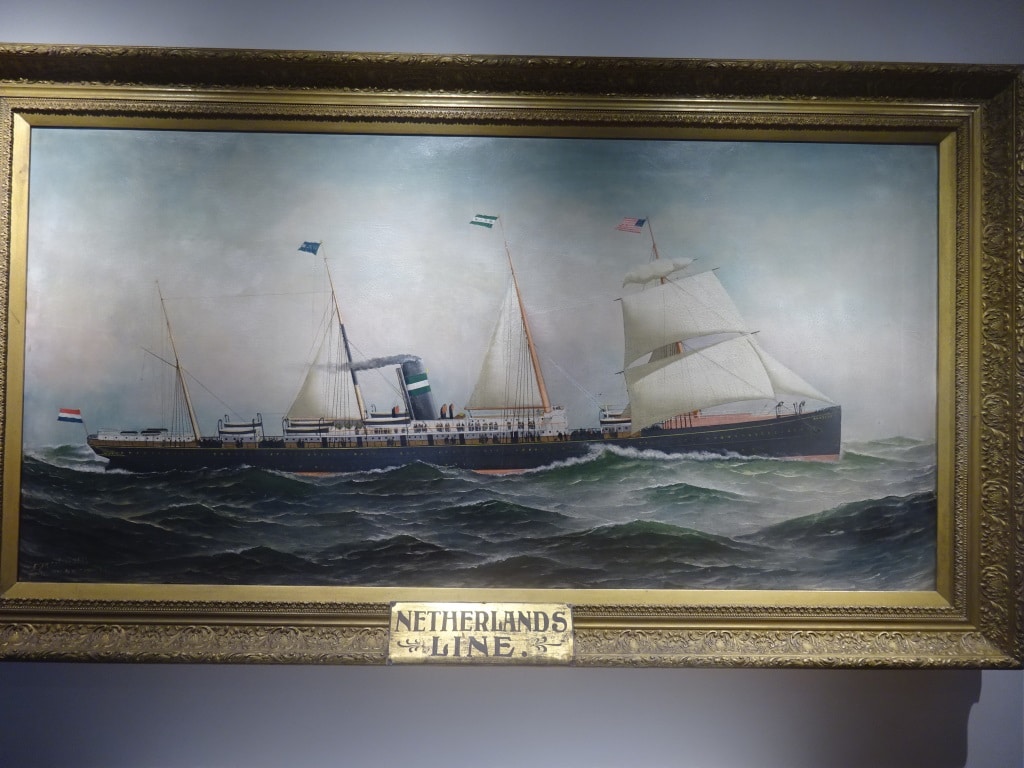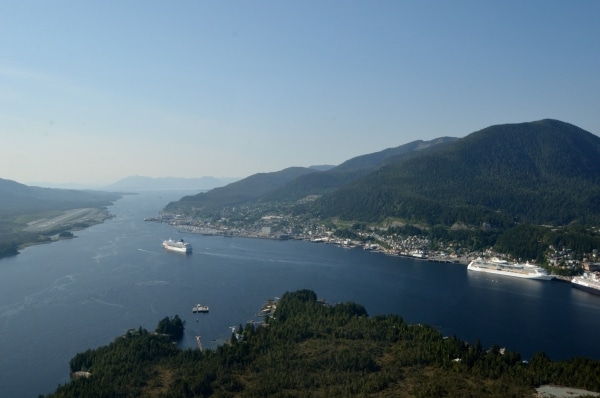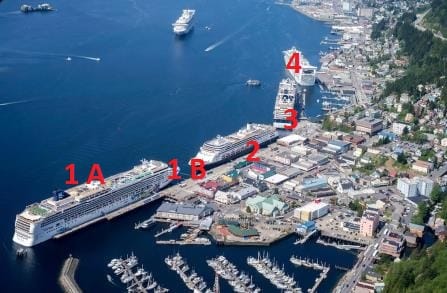Today we had a HAL group day. As mentioned before since about three years we have a sub group under the Carnival umbrella, called the HAL Group. This group consists of Holland America, Princess and Seabourn. Today the port was filled up with the fleet and only one other vessel in port, the Seven Seas Navigator which was at anchor. The Zaandam was nicely sitting at the best dock in the port the Cruise Terminal, and around her we had three Princess ships, the Emerald Princess, The Grand Princess and the Star Princess. Altogether good for bringing ashore well of 11000 guests and not counting the crew. The T shirt sellers must have made a fortune.
If all the cruise ships come in at the same time, then there is a pecking order depending for which berth the ship is scheduled and which way it will go alongside. Shooting nose in takes a lot less time than swinging around and then docking. The Cruise Lines Agency of Alaska makes the schedules as it represents all the company’s in Alaska. There was never any need for other agents to try to get a piece of the cake as this works extremely well, ever since we started cruising here. Today the whole setup was a lot easier as all the ships arrived at totally different times. Star Princess at 06.30, Grand Princess at 07.00, Zaandam at 10.00 hrs. Seven Seas Navigator at 11.00 hrs. and the Emerald Princess at 13.30 hrs. So no traffic jams and nobody had to wait for anybody else.
As mentioned yesterday Juneau was going to have rain as well but it turned out nothing more than a sprinkle. Main reason, the wind remained from the same direction and then Juneau is sheltered from these westerly winds and rains by Mount Juneau and Mount Roberts. They catch a lot of the rain which is handy for the Residents as that rain goes into a big lake which provides the town with all the fresh water. So much fresh water, that the cruise ships can take their fill as well, and we do. Alaskan water is of such good quality that it is on par with what we produce ourselves on board, which is pure water made from seawater. Sometimes it is almost a pity that we then have to chlorinate the water to ensure that it is clean. But the chlorination rules are there for a good reason. Not every port in the world produces water up to Alaskan standards and you cannot expect legislation to start differentiating between all those ports. So we get water from Alaska where possible and then we chlorinate. Roughly each ship loads about 500 tons of fresh water during the day, so with four ships that is at least 2000 tons. But such is the rain fall at mountain level that there is seldom an issue of not having enough water. Unless we have a long and dry summer and that is currently not the case.
Juneau is a sheltered port unless there is a strong South Easterly wind blowing and thus an opportune port for drills. And through the course of the day we saw lifeboats going up and down everywhere; fire alarms were sounded and tenders being lowered for extra exercise. Including yours truly who currently has another group of eager young sailors who want to be immersed in the finer points of tender navigating. Tender Operators have to be licensed to run a tender with guests in them and we can do that licensing (read training and exam) ourselves as long as our training courses comply with Flag State standards. With more ships coming there is the constant need to train more crew. Holland America has now decided that this flow is continuous that it should be done shore side. Thus the company has bought two tenders (a new one can cost close to $ 500,000, as they are also lifeboats) and they will be stationed at our school in Manilla. Here a lot of certification work already takes place before the crew goes to sea and Tender courses will now be part of it.
We will stay in Juneau mid evening and sail around the mountains to the other side to get to Skagway. That will be an early arrival as the Zaandam will lead the parade of four ships coming in which will mean all the docks will be full.
Weather forecast: overcast with a chance of showers around noon time and little change in the temperatures. 56oF / 13oC.
For those of you who want to check the ports for yourself, the whole cruise ship schedule is on line:
